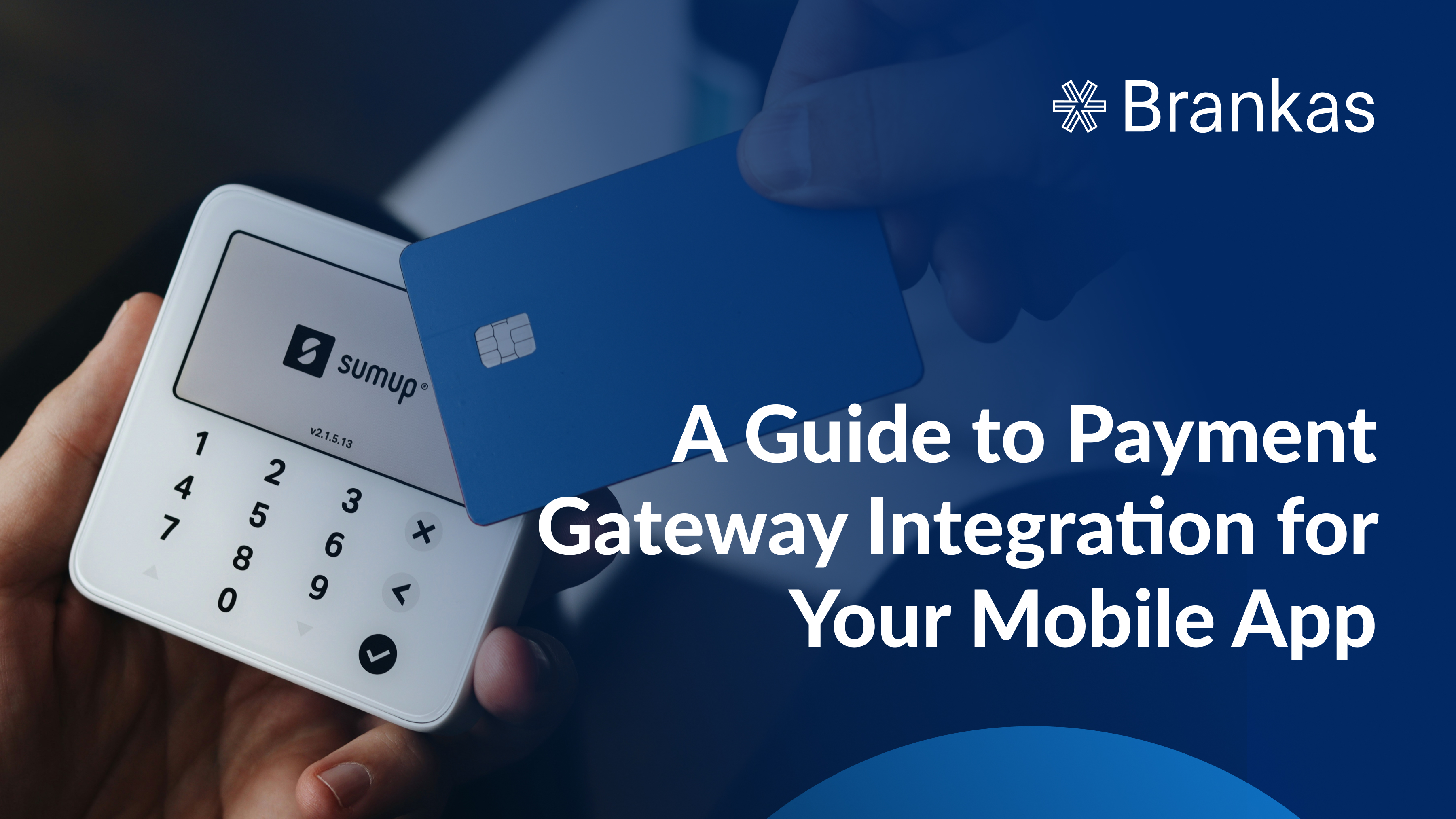Businesses have gone online over the last decade, and this phenomenon is likely to just keep on going. Mobile apps have become the go-to platform for consumers looking to shop, book services, or set appointments on the fly. The whole point of this integrated system is convenience—the more seamless and efficient, the better. With just a few taps on a smartphone or other device, your customers should be able to send payments and complete their transactions.
But what if they encounter a series of frustrating hurdles, such as error messages and lengthy loading times?
This scenario highlights a critical reality for businesses operating online: a poor payment experience can quickly turn potential customers into lost opportunities, and ultimately, lost revenue. This is where a payment gateway comes in.
In this blog post, we’ll explore the ins and outs of payment gateway integration for mobile apps and why you should jump in on this trend.
What is a Payment Gateway?
Before discussing how to integrate a payment gateway into your mobile application, it’s crucial to understand what payment gateways and payment APIs are.
A payment gateway is a technology that enables businesses to accept payments through their mobile applications. It serves as a bridge between the customer, the merchant, and the financial institution. Essentially, the gateway ensures that the payment process is smooth and secure by handling critical tasks like:
• Encryption: Encrypting sensitive information like credit card numbers
• Transaction: Processing: Authorizing credit and debit card transactions
• Authorization: Verifying and authorizing transactions with banks
• Settlement: Assisting in transferring funds to the merchant’s bank account
These functions may sound familiar as they hold similarities with payment APIs, a term that is often interchanged with payment gateways. But what is a payment API, and how do the two differ?
A payment API is a set of programming tools provided by payment gateway providers to allow developers to integrate payment functionalities directly into their applications. Think of it as the connection that enables businesses to customize and manage their payment experience.
The choice between using a payment gateway or a payment API depends on your business needs and technical capabilities. If you want a quick, plug-and-play solution, a payment gateway is ideal. In many cases, businesses use a combination of both.
Benefits of a Payment Gateway
There are several reasons why you might want to consider payment gateway integration for your mobile app.
Make it easier for customers to pay
A payment gateway makes it easier for customers to pay and complete their purchases, all without leaving your app. Customers are more likely to finish their transactions if their payment information has already been saved in the system. This way, they don’t have to go through the hassle of inputting their data every time.

It’s secure
Mobile app transactions involve sensitive customer information. Payment gateways use encryption to safeguard this data.
Collect multiple forms of payment
Payment gateways often support various payment methods, including credit cards, digital wallets, and bank transfers (via open banking).
Global reach
Many payment gateways support multiple currencies and international payment methods.
How to Integrate a Payment Gateway Into Your Mobile Application
Now that you understand the value of a payment gateway, here’s a step-by-step guide on how to integrate payment gateway in mobile apps:
Step 1: Set Up Your Merchant Account
Before integrating a payment gateway, you need to establish a merchant account. This account allows you to accept payments and is typically provided by your chosen payment gateway provider. Follow these steps:
- Choose a payment gateway provider: Select a provider that aligns with your business needs and e-commerce payments.
- Sign up for an account: Provide the necessary business information and complete any required verification processes.
- Link your merchant account: Ideally, the payment processor should be the same company as the payment gateway provider for streamlined management.
Step 2: Obtain API Keys
After setting up your merchant account, you will receive API keys (public and secret) from your payment gateway provider. These keys are crucial for authenticating requests between your mobile app and the payment gateway.
Step 3: Choose Your Integration Method
There are generally two methods for integrating a payment gateway:
• Hosted Payment Gateway: Users are redirected to the payment processor’s website to complete their transaction. This method is easier to implement but may disrupt the user experience.
• Integrated Payment Gateway: The payment process occurs within your app, providing a seamless experience. This method requires more development effort but offers better control over branding and user experience.
Step 4: Choose Your Integration Method
Most payment gateways provide SDKs (Software Development Kits) or APIs (Application Programming Interfaces) that facilitate integration. Many providers make it easy for developers to integrate the gateway using their API. Doing so is what allows the app to access its payment processing infrastructure within the app.
Read our article for more information about the uses of payment API.
Step 5: Configure the Payment Gateway
Next, configure the payment gateway. This includes specifying which types of payment you want to accept and setting up any other options for recurring billing or fraud prevention.
Step 6: Testing
Testing is a critical step in the integration of payment gateway in mobile apps. Before going live, ensure that all payment flows work correctly and simulate high transaction volumes to ensure that your app can handle peak loads without loading issues.
Step 7: Deploy and Monitor
Once testing is complete, deploy the app with the payment gateway integration. Continuously monitor transactions, update APIs, and address user feedback to maintain a smooth payment experience.

Choosing the Best Payment Gateway for Your Business
When choosing a payment gateway for your mobile app, take the following factors into consideration so you can make an informed decision:
Cost
How much will you be paying for the product? Analyze transaction fees, monthly subscription fees, and any additional costs associated with each provider.
Supported Payment Methods
Not all payment gateways can process all types of payments. Ensure that the gateway supports the payment method preferred by your customers.
Mobile User Experience
A seamless checkout experience is the most important aspect for online shoppers who are often busy and easily put off by a multi-step payment process. When choosing a payment gateway, look for one designed specifically for mobile apps.
Customer Service
Choose a provider that can assist you in troubleshooting issues in real-time.
Brankas: Where Simplicity and Security Come First
Integrating a payment gateway into mobile apps involves several steps, and not all businesses have the resources or technical expertise to do so successfully. With Brankas, you don’t have to navigate this process alone. Our direct payment solutions simplify the entire experience, allowing you to focus on what truly matters—growing your business and keeping your customers happy.
We offer a fully integrated and robust open finance platform that enables instant account-to-account transfers through Payment Initiation and Direct Debit, streamlining your payment processes without the need for intermediaries. Whether your customers are making e-commerce payments or topping up their e-wallets, our API ensures that every transaction is fast, reliable, and secure.
Say goodbye to the headaches of traditional payment gateway integration. With Brankas, you can implement a solution that meets the needs of your business and your customers effortlessly. Upgrade your payment experience today by choosing Brankas as your partner in financial technology.
